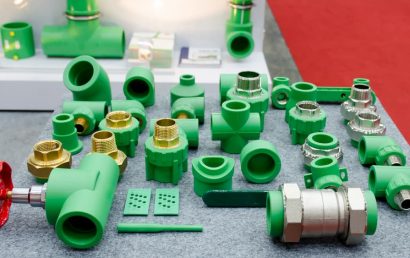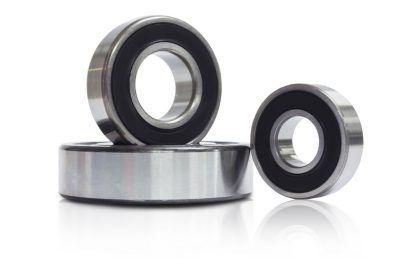Useful Thermal Spray Coating Applications
Once upon a time, when you wanted to protect the surface of something, you slapped one or more coats of paint on it. You might even have applied a sealant after the paint, just for good measure. Times certainly have changed! Now there are numerous thermal spray coating applications with which to protect most any kind of surface.
Whether it’s a metal part or mechanical part, one of the most significant problems is corrosion or surface wear – or both. But with today’s thermal spray coatings, you can stop wear and corrosion in their tracks. Here’s a brief introduction to thermal spray coating applications.
Insulating or Conductive Coatings
Insulating coatings and conductive coatings can be divided up into the following types:
- Shield coating – A copper coating is most typically used for RFI (high-frequency interference) or EMI (electromagnetic interference) coatings.
- Insulating coating – An alumina coating is this application’s most typical coating.
- Conductive coating – Most often, a copper coating is the most typical coating used here.
Anti-Corrosive Coatings
It’s a little more complicated than most coatings when discussing this particular coating application. The reason being, the coating material uses various media and the ambient temperature has specific requirements. Commonly used coating materials are oxide ceramics, nickel-based alloys, and cobalt-based alloys. By increasing the compactness of the coating, these materials are used to block corrosive media penetration.
Oxidation Resistant and High Temperature Resistant Coatings
These coatings are used to improve a part’s high-temperature performance and resist physical or chemical decomposition. These coatings fall into the following category divisions:
- Heat resistant corrosion coating – A yttria-stabilized zirconia coating is typically used in this coating which acts as a thermal barrier between a high-temperature environment and a part.
- High-temperature resistant oxidation coating – A nickel/chromium is typically used in this coating which is meant to protect a substrate against oxidation at high temperatures.
- Thermal barrier coating – A nickel/chromium coating is typically used in this coating that is meant to protect a substrate that is frequently hot corrosive gas-exposed.
Wear-Resistant Coatings
At both low temperatures and high temperatures, a wide range of applications are used for thermal sprayed wear-resistant coatings. The following categories are how these coatings are divided:
- Erosion-resistant wear – Typically, an alumina coating or an alumina/titania coating is used in this application.
- Cavitation wear resistance – Exterior coatings of aluminum bronze are typically used in this coating.
- Resistance to fretting wear – An alumina/titania coating can typically be used for this application.
- Wear-resistant grain wear – Chromium oxide coatings, self-fluxing alloys mixed with molybdenum, and cobalt-based nickel chromium alloys are typical coatings here.
- Adhesive wear or scratching – Nickel chromium/chromium carbide coatings or cobalt-based tungsten carbide coatings are typically used here.
Repair, Rebuilding, And Resizing
You can even rebuild or resize objects with today’s “restore size” coatings. They are primarily used for worn out part repair. The requirements of the part will have everything to do with determining the proper choice of coating material.
If you need a part rebuilt or reshaped, or any of the above described protective coatings, turn to A&A Coatings. We have decades of experience and employ only highly qualified technicians for your coating needs. Contact us today to find out how we can be of assistance to your company or industry.



